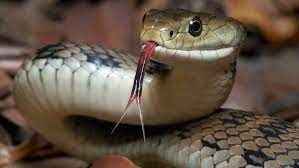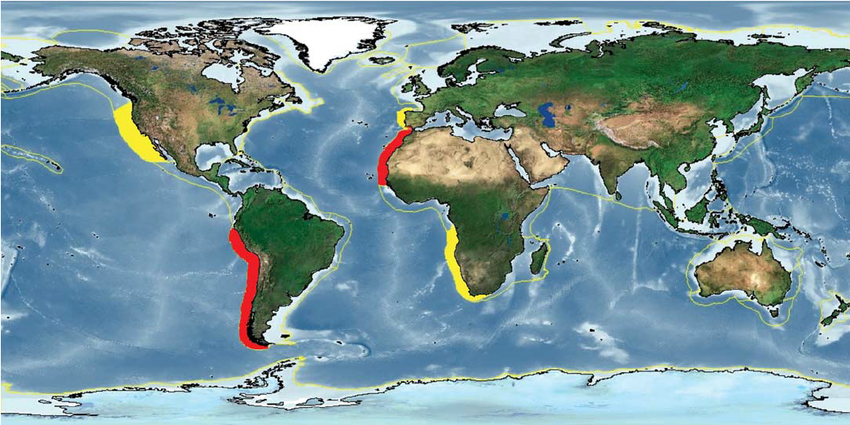By: Chaeri Park
Caviar, the queen of all eggs, has been eaten for centuries by people of high-class. Therefore, when we hear of caviar, we normally imagine a wooden bowl full of black pearl-like beads. However, thinking one step further, we start to realize that most of us don’t know what exactly caviar is, how it’s made, or how it is classified into different categories and levels (a few people actually don’t know if classification existed at all). Just like how there is an idiom that says “you can see as much as you know’, we can also ‘eat’ as much as we ‘know’. So, in order to get to eat caviar properly, let’s delve deeper into the world of caviar.
First of all, what is caviar? Caviar is eggs or roe collected from the sturgeon family of the best fish, traditionally sourced from the Caspian and Black Seas. Only sturgeon eggs are considered as caviar, and the eggs from other fish are called “roe”.
Now that we know exactly what caviar is, let’s see how caviar is made.The first step to making caviar is fishing and opening a female surgeon ripe with unfertilized eggs. After opening the surgeon, a caviar master removes the eggs from the sturgeon and cleans them, separating the membrane and the eggs. The separation is the step when the master should be careful; he or she must carefully remove the membrane so that the eggs aren’t crushed and the caviar’s texture is preserved.
After separating the eggs, the second step is salting them. Salting not only preserves the caviar, extending its shelf life, but also gives it a wonderful subtle flavor. However you should also be careful while salting the eggs; too little salt will lead to the caviar being spoiled and too much salt would break the walls of the eggs. It is said that the best amount of salt content is 3%. After some time, salt is washed off the eggs and the eggs proceed to the next step.
The third step is drying the caviar and grading them. The eggs are dried over steel racks and graded over many criteria such as texture, color, and much more. After that they are packaged in tins and are sent to be sold.
As we could see in the third step, caviar is graded and sorted into different categories. What categories exactly are there when grading caviar? The first is Beluga, which is noted for its large light-gray pea-sized pearls with a buttery, creamy, nutty flavor and unique after taste. The second is Ossetra, also known as the most popular caviar in the world, which is known for its rich nutty flavor and firm, juicy, deep brown to gold pearls. Although somewhat expensive (just like how all caviar products are), it is affordable. Third is Sevruga, which is said to have the most intense and rich flavor. It has small, clear pearls with pale-gray juicy insides that have a smooth, buttery flavor with a fresh, clean finish. Although the taste varies from one group to another, they all have something in common: they are all rich in their nutty flavor and are sufficient to satisfy one’s appetite.
Just like how we have seen above, caviar has a lot of varieties and has an interesting story as to how it is made. From now on, when we eat caviar, let’s have this background information in mind, and you would be able to appreciate it even more. Again, you eat as much as you know.








Leave a comment